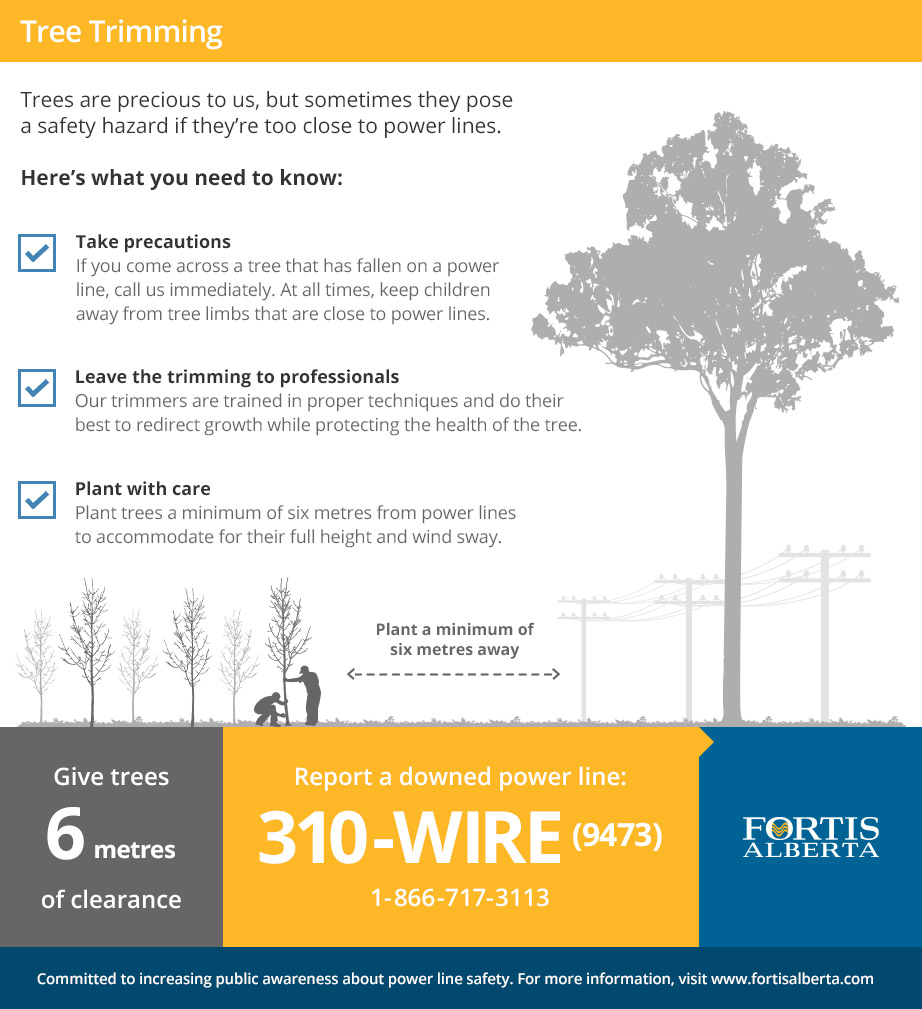Seasonal Tree Care: Exactly How To Handle Trees Prior To And After Removal
Seasonal Tree Care: Exactly How To Handle Trees Prior To And After Removal
Blog Article
Post Developed By-
When it involves seasonal tree care, guaranteeing correct administration before and after removal can significantly influence the health and aesthetic appeals of your landscape. By comprehending the necessary actions associated with analyzing tree health and wellness and planning for removal, you can proactively secure your building. However what about the vital methods to comply with once the tree is gone? Keep tuned to uncover the necessary post-removal care actions that will certainly assist you cultivate a thriving and lasting environment for your trees.
Pre-Removal Tree Care
Before attending to the elimination of a tree, it's critical to focus on pre-removal tree care. Start by evaluating the tree's health and architectural integrity. Search for signs of disease, parasite problems, or any kind of architectural concerns that might pose a safety and security threat throughout removal. It's important to seek advice from a certified arborist to establish the best course of action.
Pruning dead or diseased branches can prevent additional damages to the tree and make certain a smoother elimination process.
Furthermore, consider the ecological influence of removing the tree. Trees play a crucial function in our community, so growing a new tree in an ideal place can help offset any loss. Ensure that you have the essential authorizations and consents for tree elimination, especially if the tree is protected by regional policies.
Seasonal Upkeep Tips
Assessing your tree's needs throughout the year is crucial for its wellness and durability. To keep your trees in leading condition, adhere to these seasonal maintenance tips.
In spring, concentrate on trimming to eliminate dead or damaged branches and urge new development.
Summertime calls for routine watering, specifically during dry spells, to guarantee your tree stays hydrated.
As fall methods, keep an eye out for very early indicators of condition or stress, and take into consideration using mulch to shield the origins throughout wintertime.
In Highly recommended Internet site , beware when removing snow from branches to avoid damage, and continue to check your tree's overall wellness.
Remember to readjust your care regular based on the certain requirements of your tree species and neighborhood climate. By remaining arborist equipment and positive throughout the seasons, you can assist your trees prosper and grow for several years ahead.
Post-Removal Tree Treatment
To make sure the wellness of your landscape even after tree elimination, appropriate post-removal care is necessary. After a tree is removed, it's crucial to load the remaining opening with topsoil and portable it to stop settling. This will help preserve the integrity of the ground and protect against potential risks in the future.
Think about planting brand-new plants in place of the gotten rid of tree to recover the equilibrium and aesthetic appeals of your landscape. Routinely water the location to advertise the growth of brand-new plants and protect against dirt disintegration.
Evaluate https://will-gasoline-kill-a-tree27261.dailyhitblog.com/36735481/the-essential-overview-to-tree-debris-clean-up-tips-and-methods-for-success surrounding trees for any signs of condition or stress and anxiety that might have been triggered by the gotten rid of tree. Keep an eye out for bugs that could've been drawn in to the previous tree and take preventive measures to safeguard the continuing to be vegetation.
If required, seek advice from a professional arborist to evaluate the impact of the removal on the bordering trees and identify any type of added care needed. By click the up coming internet site to these post-removal treatment actions, you can guarantee the ongoing health and wellness and elegance of your landscape.
Final thought
In conclusion, positive seasonal tree care is important for maintaining the health and balance of your landscape. By analyzing tree wellness, trimming, and consulting with an arborist prior to removal, you can ensure a safe process. After elimination, filling the hole, planting brand-new vegetation, and routine watering will promote brand-new development and avoid erosion. Keep in mind to examine surrounding trees for illness and look for more care procedures from an arborist to keep your landscape growing.
